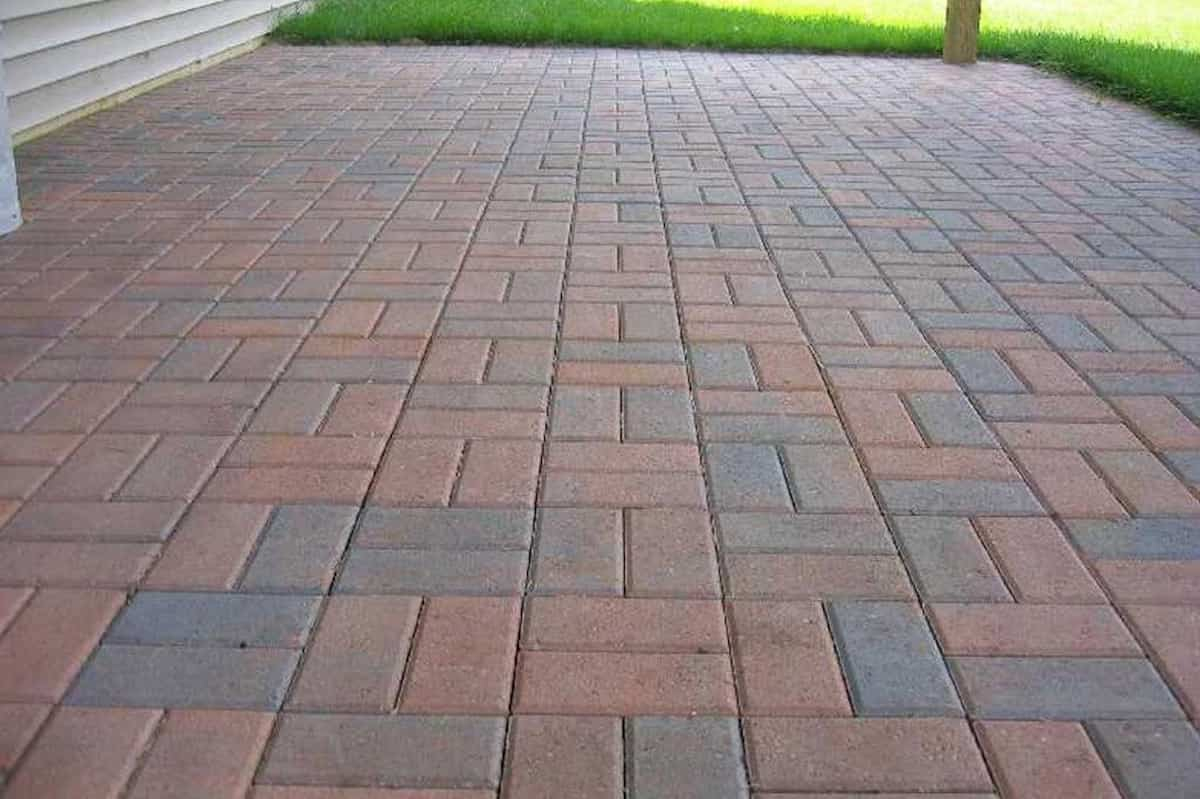The ceramic tile market was valued at USD 355.31 billion in 2021 and is expected to grow at a CAGR of 7.1% between 2022 and 2030.
During the forecast period, economic growth due to increased development of office buildings, shopping malls, hotels, and other service spaces across the globe is anticipated to increase the demand for the items.
The outbreak of the COVID-19 pandemic in 2020 had a significant impact on the industry as quarantine measures implemented by governments around the world to prevent the spread brought construction and construction operations to a halt.
Quarantine in several key countries that produce ceramic tiles also disrupted the global supply chain of the product.

The market made a significant comeback in the second half of 2020 due to the easing of quarantine regulations by the government and the easing of the pandemic, and is expected to do so again in the coming years. However, the threat of more waves in ceramic tile producing countries is anticipated to limit the market expansion.
Due to increasing demand for single-family home development and strengthening residential replacement in the United States, the ceramic tile market is expected to increase during the expected period.
The US Green Building Council’s regulations, which require the use of environmentally friendly building materials, have had a favorable effect on the expansion of the industry.
Ceramic tiles are becoming more popular in flooring and wall applications because they are strong, tough and environmentally friendly materials that meet green building standards.
Due to the large variety of colors, sizes and textures commercially available, these products are increasingly popular for use in high-end flooring applications.

The growing trend of digital inkjet printing technology for tile decoration is seen in the ceramic tile manufacturing business. The prevalence of the aforementioned technology in the market is also anticipated to increase during the forecast period due to major advancements in print head design and ink composition.
A number of service providers, including design studios that help create new graphics to produce more visually pleasing tiles, are merging with key competitors in the market.
It also includes end-line processing providers that include cutting, grinding and gluing of the finished product.
Distributors, wholesalers and large retailers are the main intermediaries used in the distribution of ceramic tiles. To meet the demands of end users, distributors and traders also cooperate with construction companies, suppliers of adhesives and adhesives for tile installation, as well as architects and designers.

Product Information
In 2021, porcelain tiles dominated the market and generated about 54% of the total revenue. These tiles improve the durability of flooring when exposed to high traffic because they are made of finer and denser clay and are fired at very high temperatures.
In addition, impervious porcelain tiles resist mold and germs, increasing its long-term value as a floor covering. Furthermore, the chemical and stain resistance of the product is expected to increase the demand for the aforementioned tiles due to the widespread use of the said tiles in retail centers, hotels, institutional buildings and other places.
One of the most popular product categories is glazed ceramic tiles, which had a demand of USD 97.48 billion in 2021 and is expected to grow at a CAGR of 5.8% from 2022 to 2030. Due to the inclusion of a protective glass coating, these tiles offer Remarkable stain resistance
The protective layer on glazed ceramic tiles also gives them high resistance to water and increases their efficiency in wet environments.

As a result, these tiles are mostly used in wet spaces such as bathrooms, kitchens, and laundry rooms, which is expected to boost market growth over the forecast period.
End-use Outlook In 2021, the commercial end-use segment accounted for approximately 54% of the total market revenue and dominated the market.
Increasing demand for ceramic flooring that is both affordable and highly durable is anticipated to aid in market expansion over the forecast period.
The creation of innovative materials and simple installation methods have significantly fueled the expansion of the commercial flooring sector.
Due to its anti-bacterial, anti-slip and waterproof properties, ceramic flooring has become a popular choice for institutions and other sectors, including the healthcare and healthcare industry.

Residential final consumption demand, valued at USD 163.31 billion in 2021, is projected to grow at a CAGR of 7.5% between 2022 and 2030.
Due to the anti-slip and scratch resistance of this product, the expanding housing industry in emerging economies such as India is expected to increase demand.
The protective layer on glazed ceramic tiles also gives them high resistance to water and increases their efficiency in wet environments.
As a result, these tiles are mostly used in wet spaces such as bathrooms, kitchens, and laundry rooms, which is expected to boost market growth over the forecast period.
Regional Outlook In 2021, Asia Pacific dominated the industry, generating about 46% of global revenue.
High demand for the product from the residential and non-residential building segments in the developing countries of Asia Pacific, especially China and India, is anticipated to drive the market development prospects.
Due to the region’s population growth, rapid urbanization and increase in per capita income, the construction industry is expected to grow.

Owing to the region’s sustained economic growth, the development of residential, commercial and industrial sectors is anticipated to stimulate construction activities, which will ultimately increase product demand over the forecast period.
As more homes and businesses are being built there, the ceramic tile market in North America is projected to grow at a remarkable CAGR of 56% during the forecast period.
Due to the region’s access to raw materials and significant untapped market, several Italian tile manufacturers are also setting up their production facilities there.
In North America, demand for this product is expected to increase in residential and commercial replacement applications due to the need to upgrade existing infrastructure.
Commercial construction, which includes offices, hotels and other accommodation facilities, has shown a steady increase in 2020, which is expected to support future product demand in the region.
If you are looking for a long-term profitable business relationship, do not hesitate to contact us.



